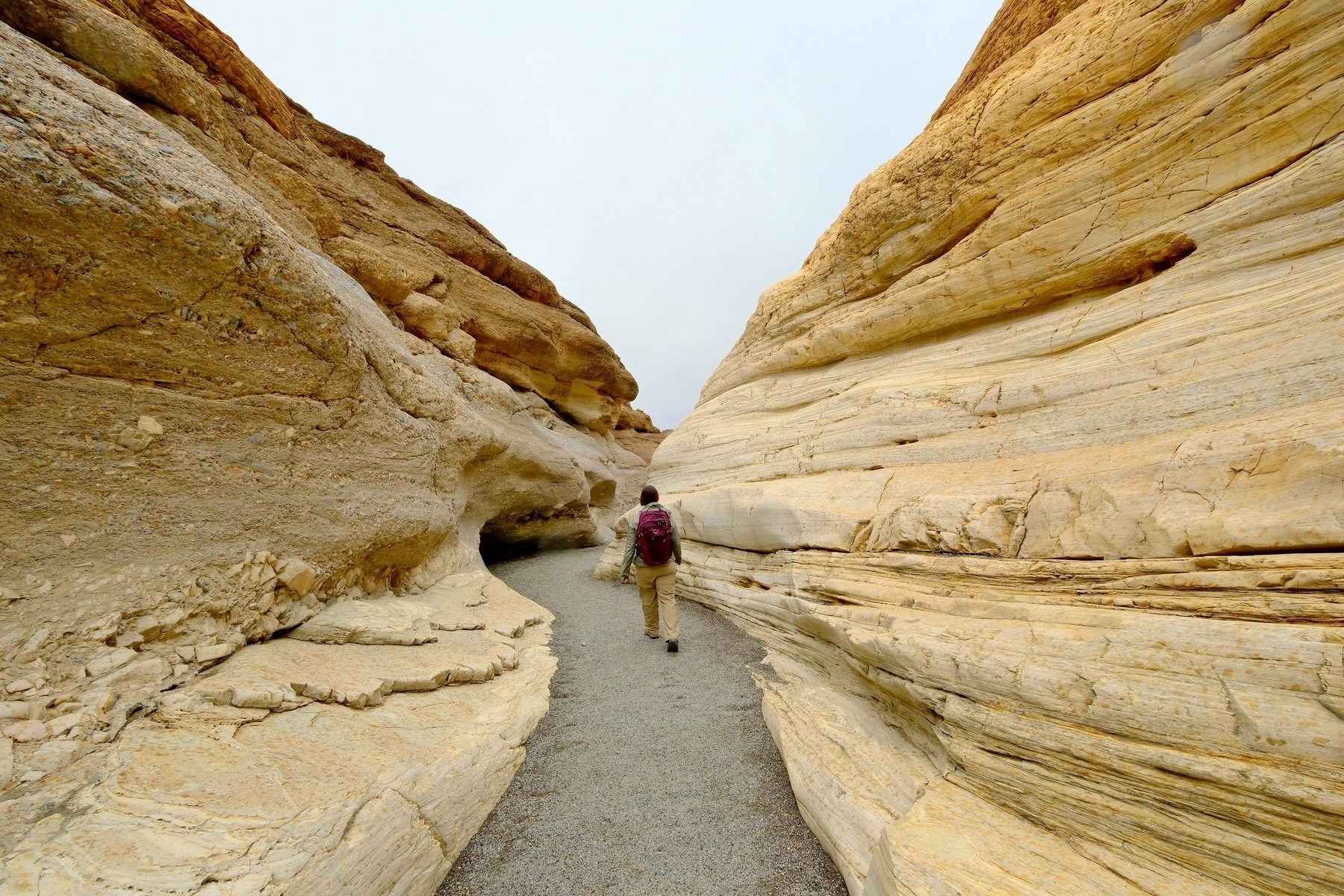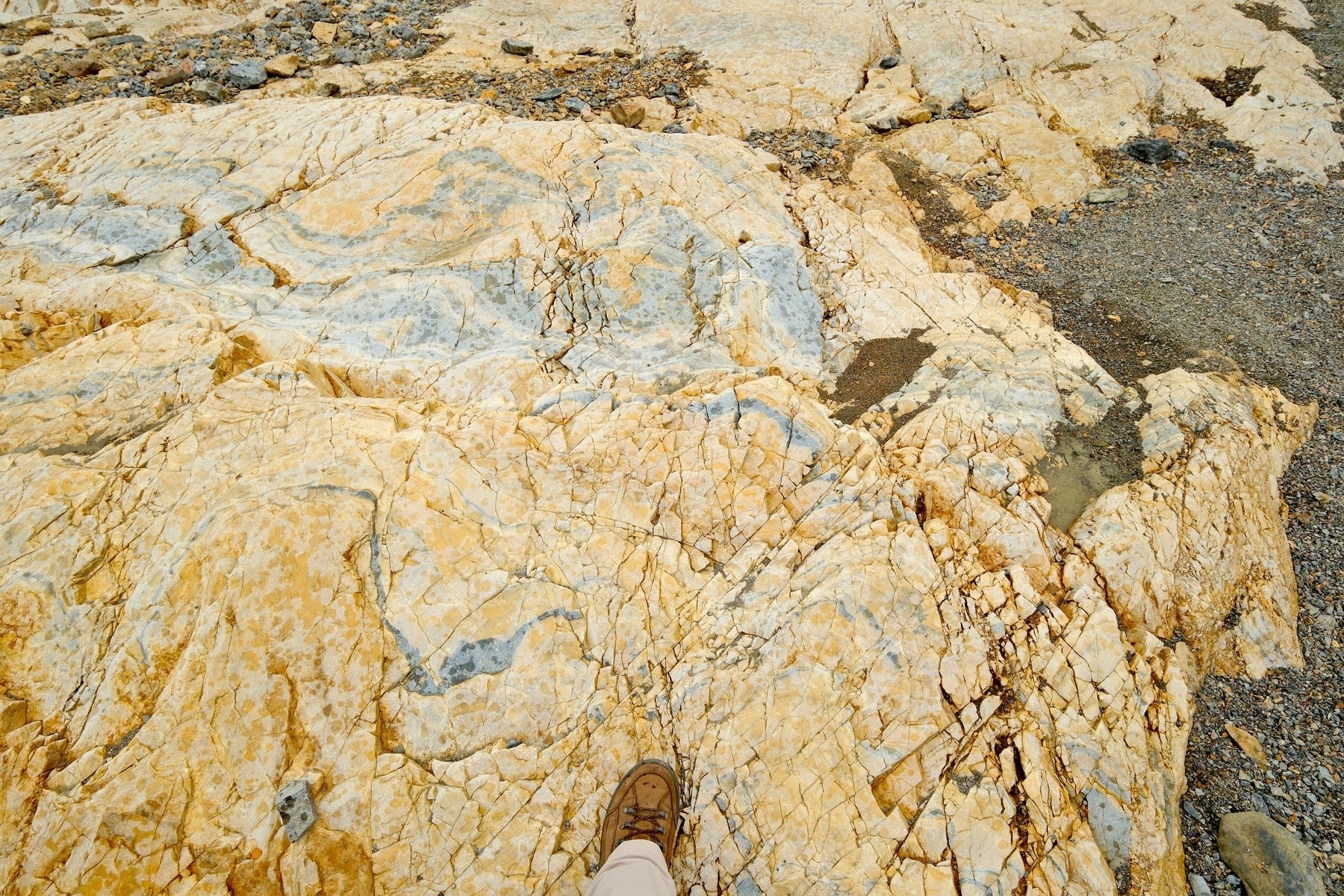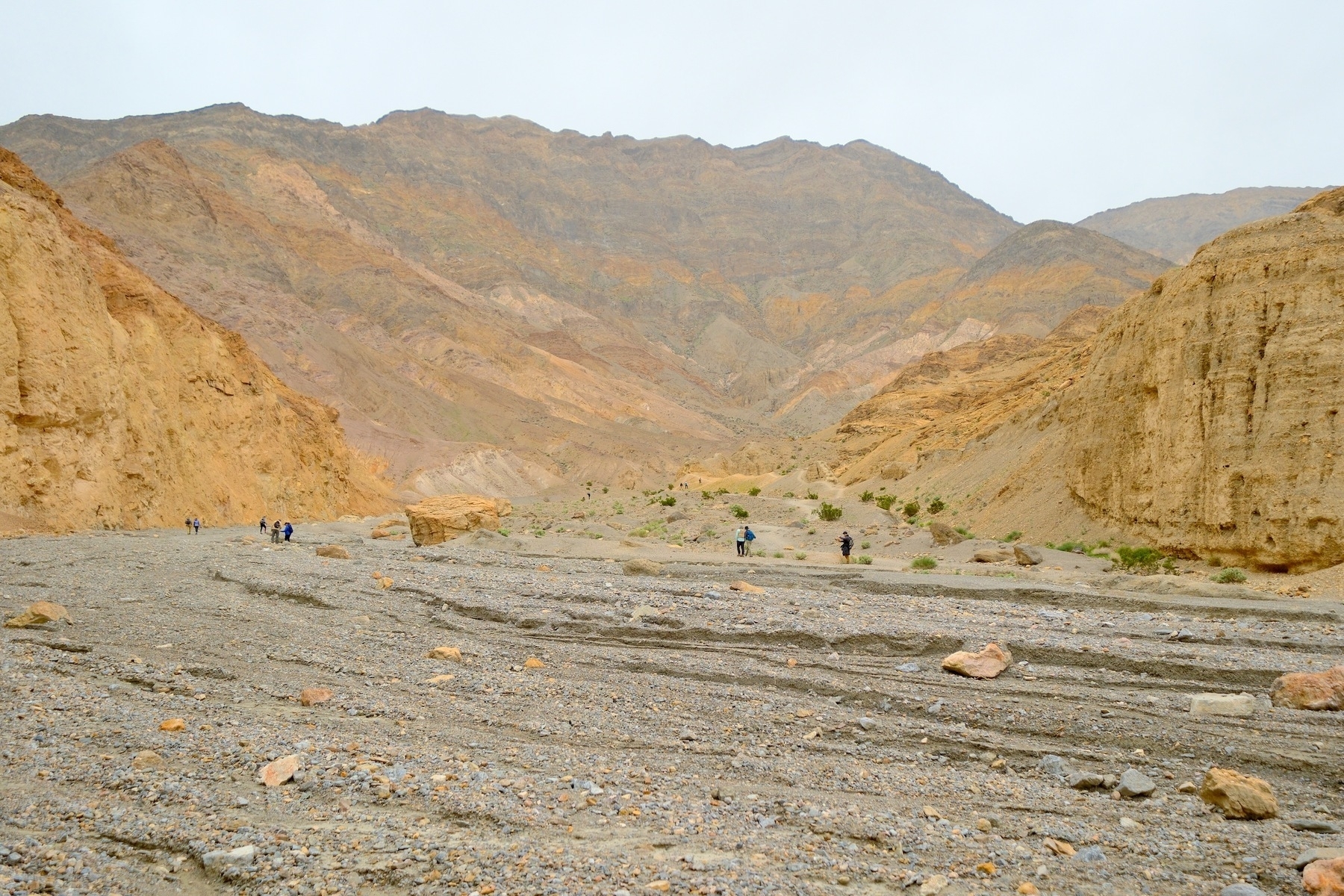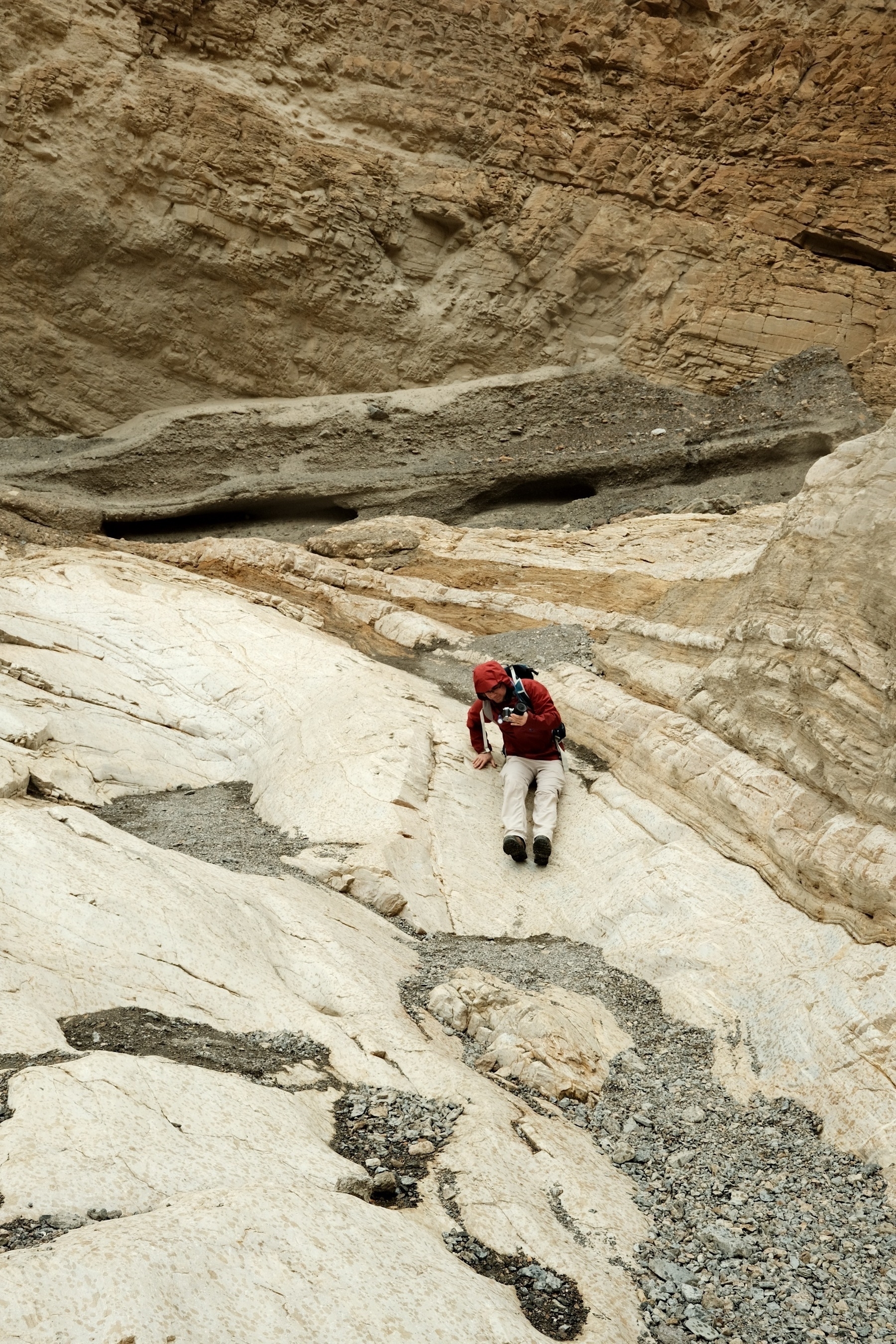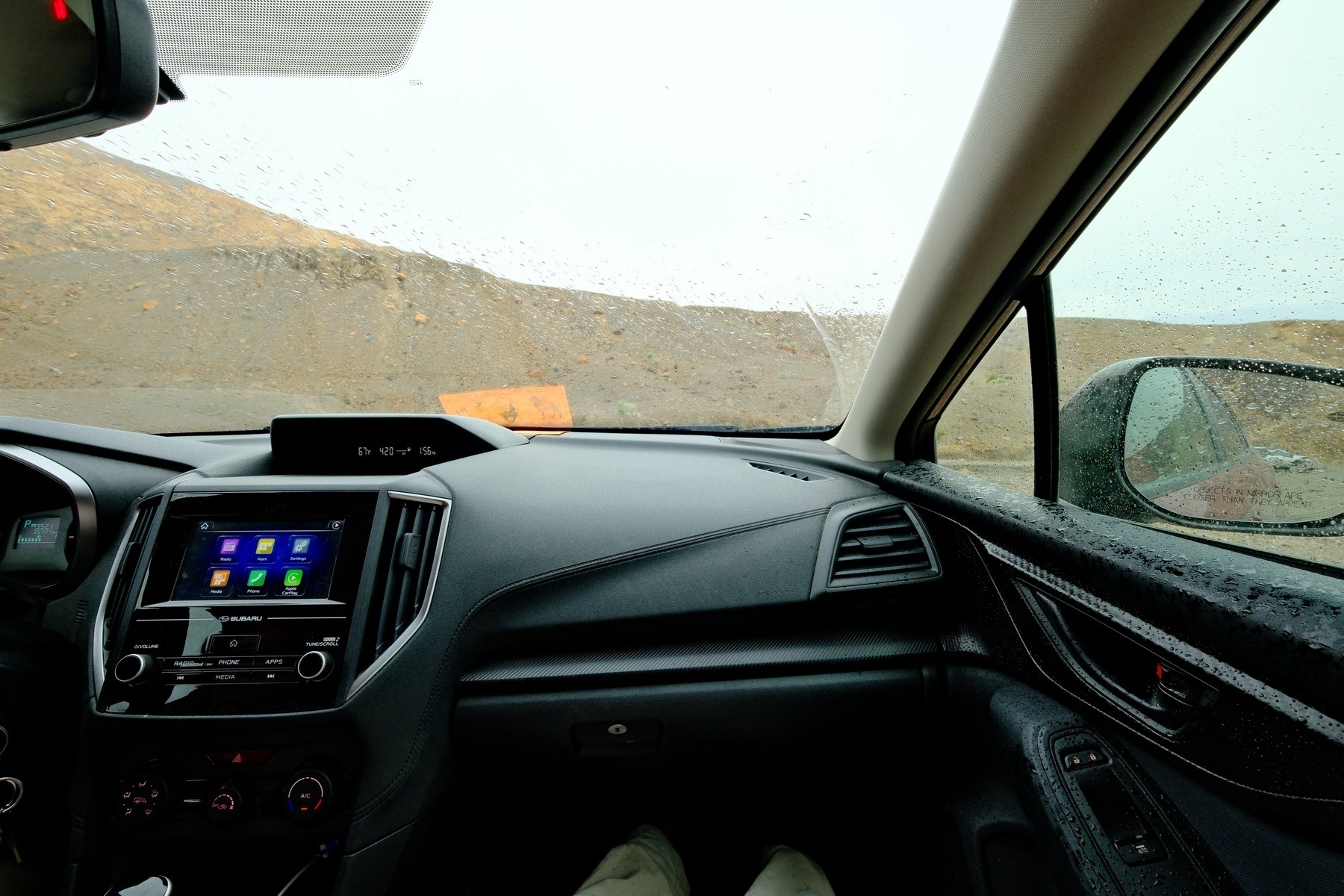Death Valley Road Trip Part 6
This is a slightly shorter post today for just Mosaic Canyon.
See Part 1 or Part 2 or Part 3 or Part 4 or Part 5
We finally visited Mosaic Canyon, which is pretty great for megabreccia:
Mosaic Canyon is also well known for smaller breccia (the “Mosaic", in my opinion!) and smooth dolomite or what most would consider to be marble:
A closer view of the cream colored Noonday Dolomite. Plenty here for a geologist to chat your ear off about ;-):
Pretty rapidly the canyon broadens as the rocks become marine sedimentary or metasedimentary rocks and thus far more erodible than dolomite:
After gazing at the amazing erosional surfaces in the sedimentary rock face, one must negotiate steep and smooth dolomite by sliding down it:
And that’s a wrap for Mosaic Canyon. Maybe one more part in this series‽

